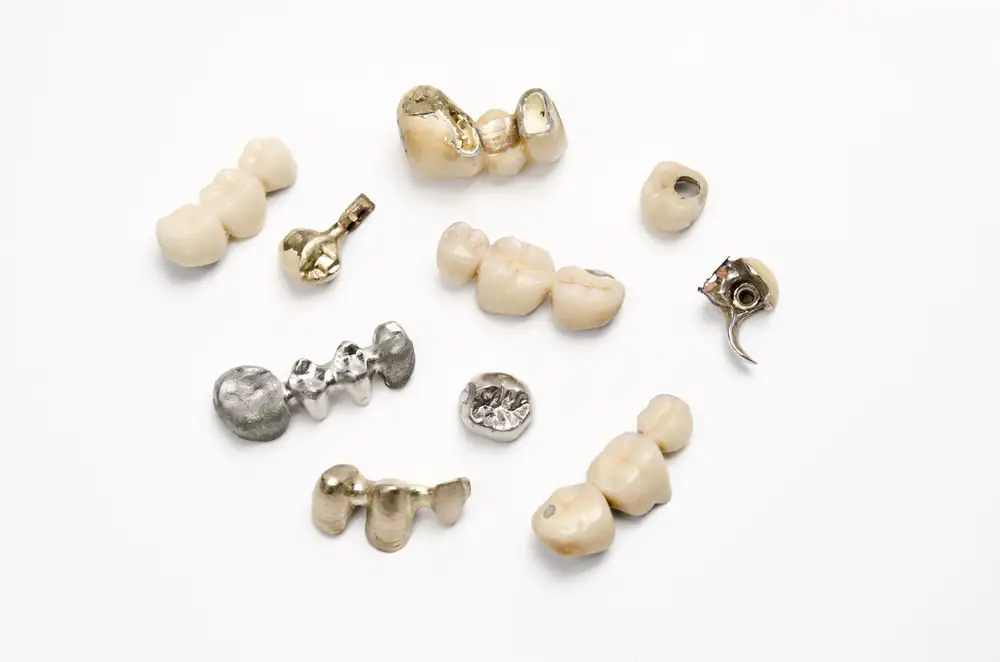Dental prosthetics: Types, features, materials of dentures
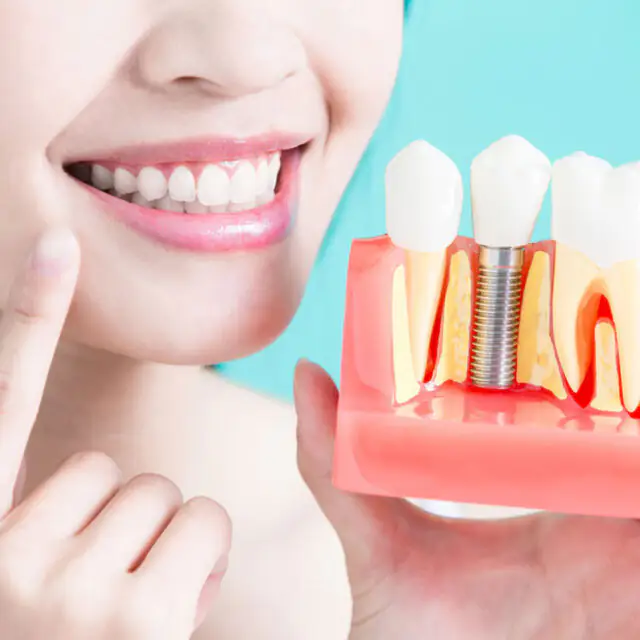
The natural crown of the tooth (the crown part) is very vulnerable, so it often breaks, loses its color due to pressure and numerous microorganisms. Over time, it becomes irreparable with ordinary fillings and requires more serious solutions. Does this mean you should forget about your beautiful smile forever?
Crowns are the perfect solution for those who want to restore a damaged tooth without losing its functionality. But not only will a tooth covered with a crown allow you to once again enjoy your favorite food, but it will also look indistinguishable from your “natural” tooth. “Sigma Dent” answers your most common questions and proves that crowns are a great solution to your problem.
What are crowns?
It is a type of fixed prosthetics where a prepared tooth is covered with a shape-matching product to compensate for the lost (partially or completely) tooth structure.
The procedure for installation involves a preliminary examination using radiological equipment. Depending on the degree of tooth destruction, the crown can be placed on its preserved crown part, root (using a post), or implant if the latter is absent. Made from modern materials, the crown is indistinguishable from a natural tooth in form, color, and completely reproduces the full function of the natural tooth.
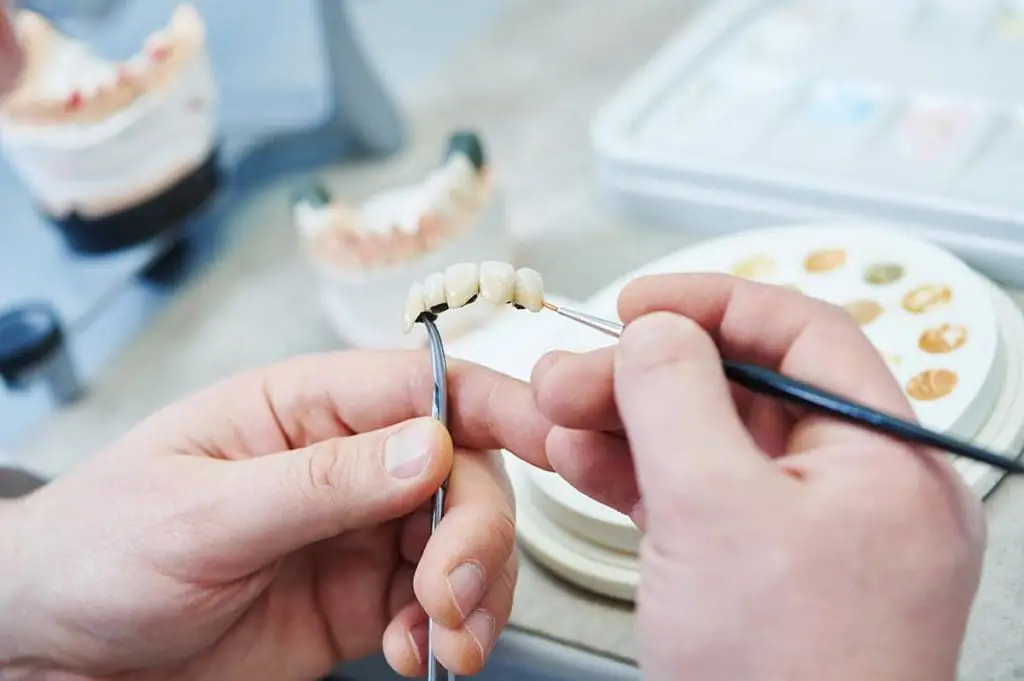
Indications for crown installation
A crown is a permanent structure that allows you to restore the dentition if a tooth is lost or severely damaged, but has a whole root. Prosthetics with permanent crowns can be used in the following cases:
- The visible part of the tooth (natural crown) has mechanical damage or is destroyed;
- The tooth looks unaesthetic due to its natural shape or color;
- There is a risk of loosening teeth due to unsatisfactory periodontal tissue condition;
- The tooth enamel wears out quickly, and this process is pathological, which cannot be stopped by other means;
- The need for a fixed bridge prosthesis supported by teeth covered with crowns.
Contraindications for crown installation
Crowns are a great solution for complex orthopedic problems, but they cannot always be used. For example, a crown cannot be placed on a tooth if there is untreated caries or complications from caries, or if the root is destroyed – in such cases, the tooth must be extracted.
If the patient has chronic diseases, prosthetics should be done during remission. The same applies to inflammatory, viral, and infectious diseases.
Diagnosis and preparation for prosthetics
Dental prosthetics is carried out by a prosthodontist, who performs an oral examination, analyzes X-ray images, and based on this data, develops a treatment plan that specifies which teeth should be treated and which should be extracted.
Preparing the teeth for prosthetics is done by a therapist, whose task is to treat caries, remove plaque and tartar, and treat the tooth roots that will be used in the procedure. If the teeth are healthy, the nerves are usually preserved. In agreement with the prosthodontist, the treated tooth canals are filled, and the visible part of the tooth is restored using a composite material reinforced with ceramic particles. If necessary, the root is strengthened, and the crown is then fixed into the filled canal.
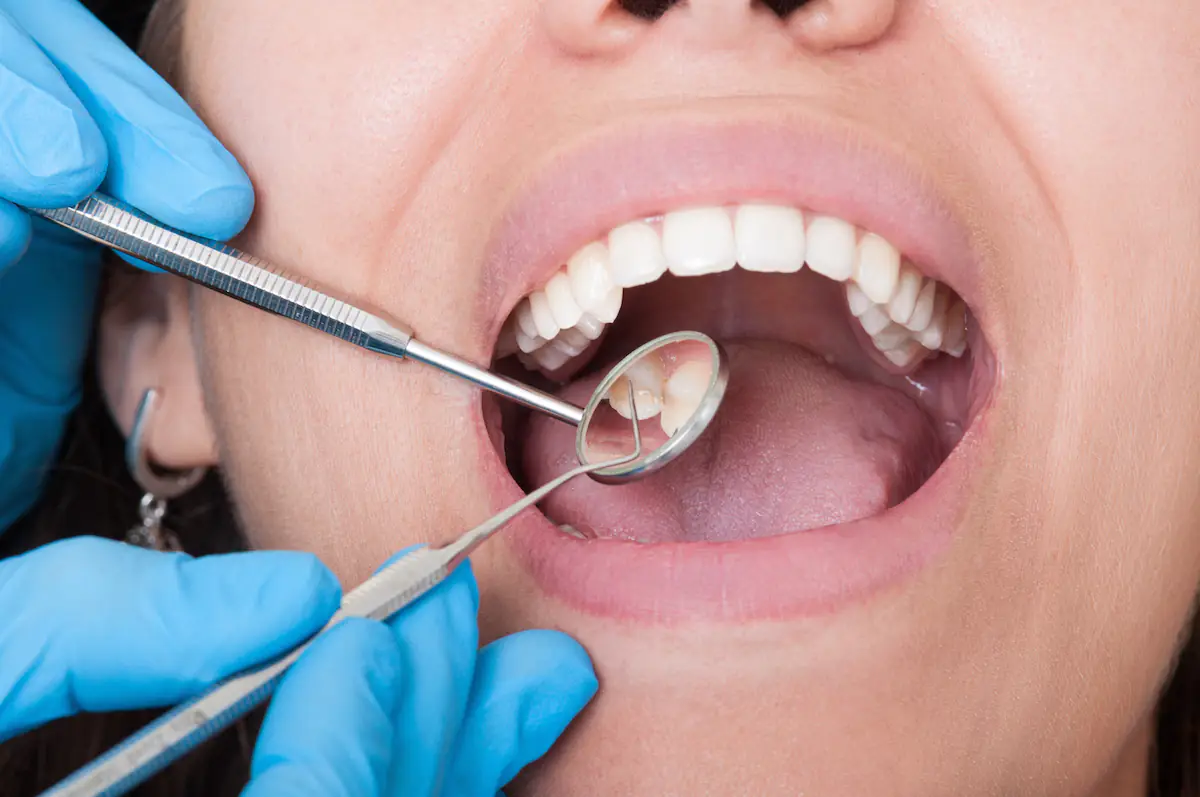
Stages of crown installation
So, the oral cavity is prepared for prosthetics (non-viable teeth have been removed, and the others have been treated, there are enough of them to install a fixed bridge prosthesis), what next? Together with the doctor, you choose and agree on the type of crowns, after which the cost is calculated and the terms of manufacturing the structure are determined. Only after this can the orthopedist begin work on prosthetics.
What does the prosthetics process itself look like?
- Tooth preparation for the crown. This is the most labor-intensive stage for the specialist, and the longest for the patient, where the tooth is “shaped” by removing hard tissues (enamel and dentin if the natural crown is preserved, or filling material if the visible part of the tooth was restored using fillings) to the thickness of the crown. Teeth are shaved less for ceramic crowns (about 0.3 mm of enamel is removed) and more for metal-ceramic crowns (up to 2 mm). This procedure is done under local anesthesia, even for depulped teeth, as it involves the removal of tissue near the gum line, which can be quite painful.
- Making impressions. After shaping the tooth, a post remains, which will be covered with the crown. A special form that replicates the dental arch is filled with impression material and strongly pressed against the teeth to take a mold. The dentist then sends the mold to the lab to create a gypsum model of the teeth, which will be used to manufacture the crowns.
- Placing temporary crowns. Since the process of making prostheses is quite long, temporary plastic crowns are placed on the shaped teeth to make the waiting process more comfortable for the patient.
- Fitting permanent crowns. The ready crown or bridge is placed on the tooth to check if it fits perfectly with the dental arch. After this, it is removed and sent for refinement. For example, with metal-ceramic crowns, the metal frame is first tried on, then it is covered with ceramic material. There may be several fitting stages.
- Temporary fixation of the crown. This stage is necessary to allow the patient to get used to the prosthetic and make adjustments if necessary. It typically lasts about two weeks.
- Final fixation of the crown. If the patient has no complaints, the crown is removed, cleaned from temporary cement, and the tooth post is treated to ensure a better fit. A special cement is applied to the inside of the crown, which is then placed on the post. To accelerate the cement hardening process, a special light is used. Excess cement around the gum line is carefully removed, as it can cause irritation.
After one and a half hours, the teeth with crowns can be used for chewing gently, and after a day, they can withstand normal chewing forces.
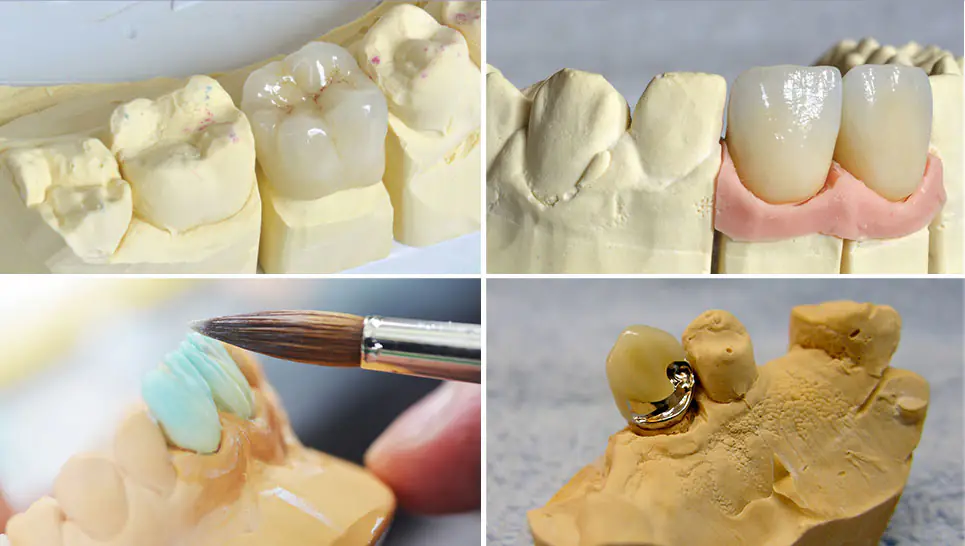
How to avoid complications after the fixation of dental crowns?
The main recommendation is not to make a mistake when choosing specialists. The lifespan of crowns is more than 10 years, but it can significantly shorten if the teeth were poorly prepared for prosthetics. For example, decayed tissue was not fully removed or the canal was poorly sealed, which will inevitably lead to the development of periodontitis. In the latter case, a cyst at the root apex requires immediate removal, and it is not always possible to save the tooth during such intervention. Additionally, poorly fitted dental crowns put pressure on the soft tissue of the gums, leading to impaired circulation, and in severe cases, even to the death of the mucosa and the development of prosthetic stomatitis. There are also cases of allergies to materials used in the making of the prosthesis.
Be cautious if you notice symptoms such as burning, dryness, or rashes on the mucous membranes in the mouth. Another issue is the galvanic syndrome, which manifests as a metallic taste, headaches, and changes in the color of crowns because the patient has crowns made from different metals in their dental row.

How to maintain dental crowns in good condition?
The first priority should be oral hygiene and careful removal of food residues in the crown area. With proper care and timely visits to the doctor, your prosthesis will serve you for a long time.
Crown Installation at “Sigma Dent” (our advantages):
Healthy, strong teeth are a true gift of nature, and only a few manage to preserve them in adulthood. The reasons include not only poor oral care but also a lack of microelements in the diet, a weak immune system, and mechanical injuries. Therefore, it is not surprising that dental services are always in demand. Since they are not cheap, choosing a dental orthopedic specialist should be done very responsibly. After all, it is his qualification that determines whether the crown will serve for many years or need to be replaced in just a couple of years.
What advantages does the “Sigma Dent” clinic offer?
-
- High-quality prosthetics is not a separate procedure but a full range of services, including therapeutic, surgical, and orthopedic treatments, all of which our patients receive.
- The specialists have access to modern X-ray diagnostic equipment, allowing them to assess not only individual teeth but also the entire dental system.
- Orthopedic specialists work closely with therapists, ensuring coordinated actions and preventing future complications.
- Based on the condition of the teeth, the optimal solution is offered: creation of the tooth stump, filling, pin, inlay, or, in the case of tooth loss or impossibility of preservation, an implant with subsequent crowning.
- The clinic’s friendly and attentive staff will help the patient calmly go through the prosthetic process.
- Our dental patients are reliably protected from pain during prosthetics. We use local anesthesia with individually selected medications. If necessary, we also offer customized anesthesia, including for patients with heart conditions.
- The crowns installed by our dentists are fully integrated into the chewing process and fit perfectly into the dental row.
Crowns installed by our dentists are fully involved in the chewing process and fit perfectly into the dentition.

Types of Crowns Made from Different Materials
-
- Plastic Crowns. They are not durable or natural-looking. These are now used as temporary crowns, for example, to cover the shaved stumps. It’s not just about aesthetics – temporary prostheses protect from mechanical damage and infection and also preserve the ability to chew food.
- Metal Crowns. Gold metal crowns have indisputable advantages, including strength, durability, and reliability. They do not oxidize, have a wear index close to that of natural enamel, and are thin, which allows preserving the natural tooth tissue with minimal shaving. The only disadvantage of metal crowns is their unaesthetic appearance, but this is outweighed by all the aforementioned advantages. Dentists still use these crowns, but mainly on the back teeth, which are not visible to the eye.
- Metal-Ceramic Crowns. A somewhat compromise solution – this crown is as strong and reliable as a metal one, but aesthetically pleasing due to the ceramic coating. Metal-ceramics require significant tooth preparation, and in a dental row, a single unit may stand out because it lacks the necessary transparency. A metal-ceramic crown offers good quality at an affordable price, with a lifespan of up to 5 years.
- Ceramic Restorations (Crowns). The ideal option for front and side teeth – they replicate the natural surface precisely, have the necessary transparency, and look natural. However, the ceramic used to make these crowns wears out quickly.
- Zirconia Crowns. An advanced version of ceramic crowns, combining aesthetic appearance and strength. Experts consider them versatile and recommend them for both front and side teeth, as well as for making bridges. The material is resistant to oxidation and corrosion, does not change color over time, and has beneficial properties, such as adapting the gums around the tooth. These crowns are quite expensive, but their quality and properties allow providing the longest warranty on such products.
